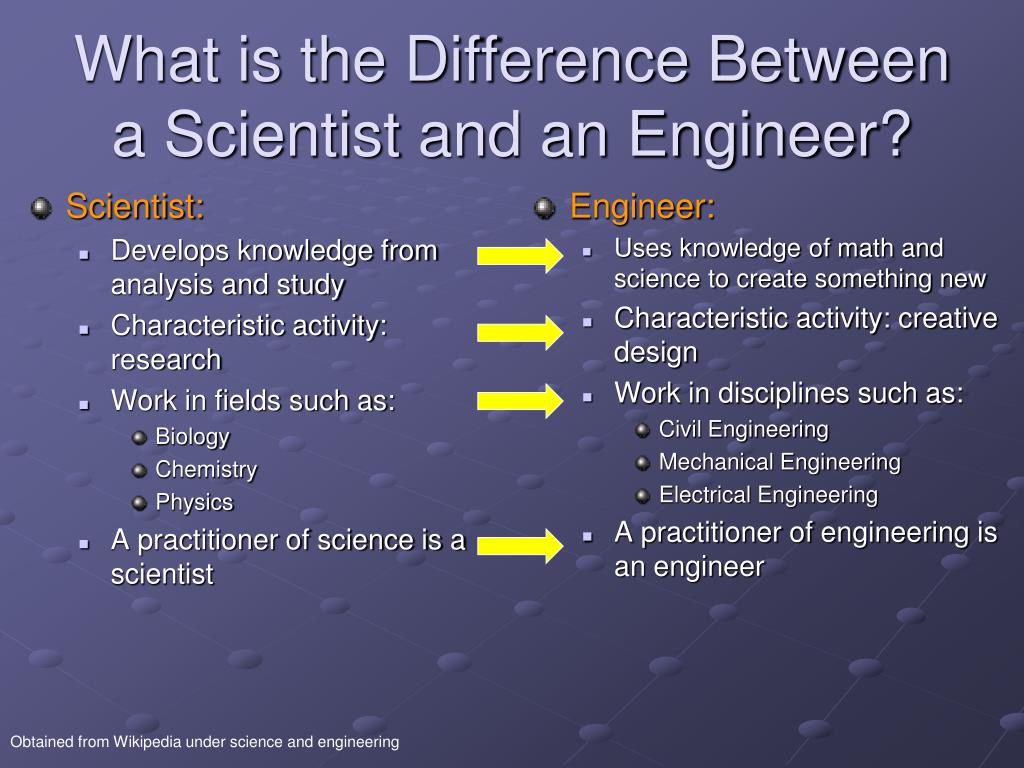
Future via Purch purchased the popular science news site Live Science in 2009 from Imaginova. Its stories can be syndicated to Yahoo!, MSNBC and AOL news sources like Fox News. It reaches over 3.4 million people each year. You must ensure that your source of live science funding is credible in order to get your show noticed. You should also consider funding sources for your live science program. Learn more about how to fund and monetize your live science broadcast.
3.49 million visitors annually
Scientists are using new technology in the US to engage a non-scientific audience. Researchers are using media art as a way to share the results of their research. There are many new venues for live science that can be accessed via technology. Micro, an interactive live-arts company that produces performances and exhibitions about the core sciences, is one example.
Credibility of live science as a source
Live Science can be trusted to provide reliable information. Check out the credentials and qualifications of its authors. This website provides information on the education and employment history as well as bios of its staff writers. This will give you an idea of the knowledge these professionals have. Look for any affiliations to Purch Group Inc., which is a company that manages multiple websites. Live Science has links to Purch's site, where visitors can post ads or apply for jobs. But there are no direct contact details for Purch.
Live Science is a reliable science news source that adheres to the scientific method. It is also evidence-based. It uses no emotional language, respects experts' consensus, and publishes peer re-evaluated science. Although some articles may have a political bias to them, the content is generally reliable. Live Science is a Pro Science source with a clean record of fact-checking.

Funding available for live science demonstrations
The Live Science show is a television series that explores the latest discoveries in science. It is a multi-disciplinary series that aims to both inspire and educate viewers. It is viewed by 3.4 millions viewers every year, and it provides many opportunities for research and public engagement. Its mission is to inspire people to learn science and to enjoy it. To help achieve this goal, the project will include funding for educational resources, a manual for program implementation, educational resources for parents, and mentoring of UTRGV faculty for outreach activities.
FAQ
Is engineering a good career?
Engineering is a fascinating profession that requires you to constantly learn and improve yourself. There are many opportunities to make an impact in people's daily lives. You have many options to make a difference in people's lives.
You might design products like cars, planes or trains, and computers, or mobile phones. You might also develop software or assist in building these devices. Maybe you are interested in designing medical equipment. There are many options!
In addition to all this, engineers also enjoy working with other people, helping others solve problems, and coming up with solutions. They are always open to new challenges and learning experiences.
Engineering is a great career option, but it requires dedication and hard work. You can't just sit around and watch TV all day. To achieve the desired results, you will need to work hard. The rewards are well worth the effort.
How much do engineers make per hour?
This will vary from person-to-person and company-to company. However, the average salary for an entry-level software engineer is around $60,000 per year. After working for a while, this number can reach over $100,000.
Which engineer makes the highest salary?
Software engineers would be the best answer because they code for computers. They are also able to choose the kind of project they want. Although software engineers can work in almost any industry, they prefer to work for tech companies like Google and Microsoft.
Statistics
- Typically required education: Bachelor's degree in aeronautical engineering Job growth outlook through 2030: 8% Aerospace engineers specialize in designing spacecraft, aircraft, satellites, and missiles. (snhu.edu)
- Job growth outlook through 2030: 9% (snhu.edu)
External Links
How To
How to Use an Engineering Ruler
Engineers use the engineering ruler to measure distances. Engineers have been measuring distances since ancient times. Around 3000 BC, the world's first measured device was developed.
Although rulers have been around for a long time, they are now much more common in modern times. The most widely used type of ruler is the metric ruler. These rulers are marked off in millimeters (1 mm 0.039 inches). The most common shape of metric rulers is rectangular. They also come in many sizes. Some rulers also include centimeters, millimeters, and graduations. For example, 1 cm equals 2.54 mm.
Engineers are unlikely to use a traditional mechanical ruler today. They would use a digital version that measures in millimeters. It works just like a regular scale but with markings that correspond to different length units. More information is available here.